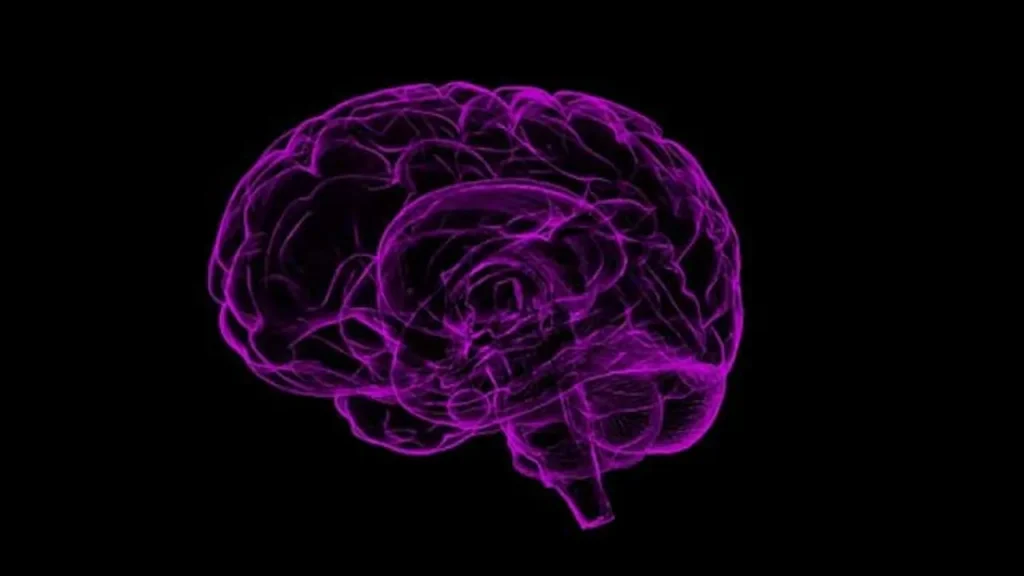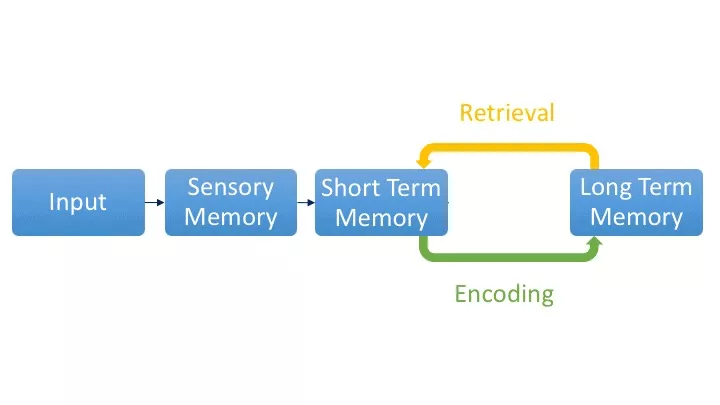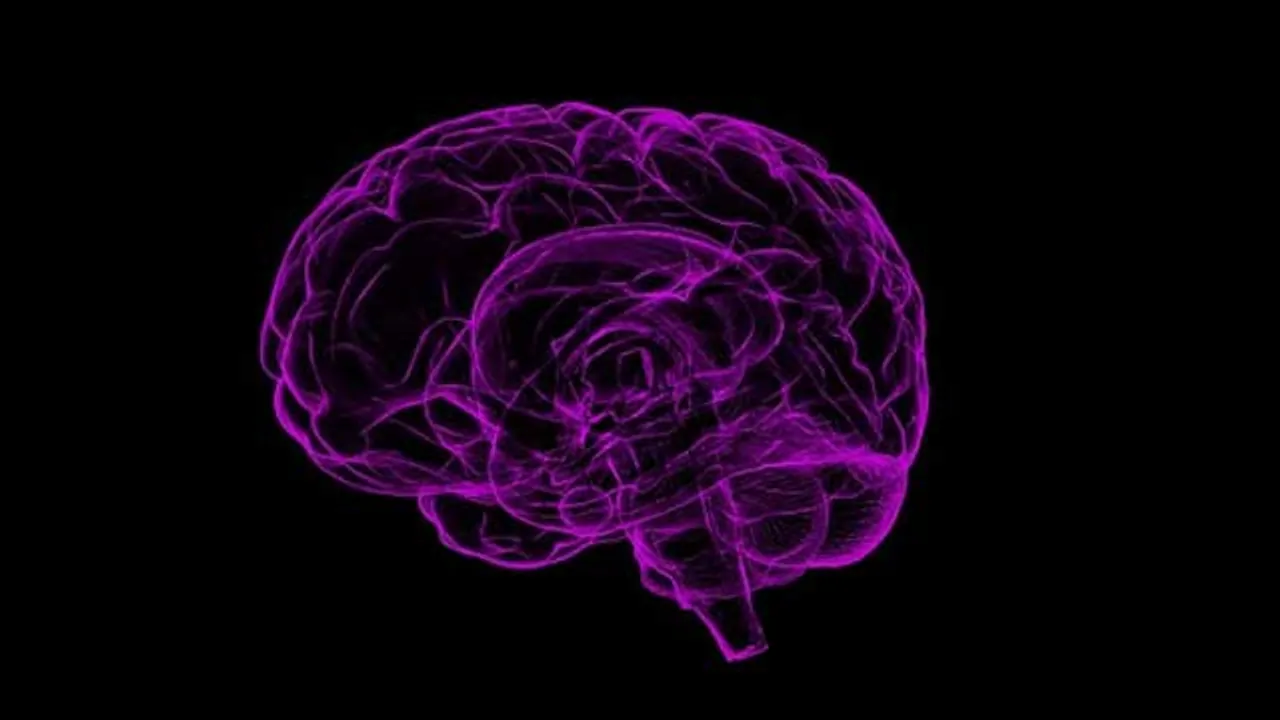In long-term memory, information is stored for a long period of time. It is the last stage in the processing of memory. Information in long-term memory lasts longer than information in short-term memory. With time, long-term memory decays very little and can be recalled more easily.
The information we store in long-term memory may not be obvious to our conscious mind, but it can still be remembered accurately and easily. An example of long-term memory is the recall of a distant event or the ability to ride a bicycle as a child.

It also varies from person to person. Some things are easily stored in long-term memory, while others require continuous practice in order to be stored for a long time. While some people may have difficulty recalling complex information, others may have trouble remembering easier and daily life information.
Short-term memory is usually defined in contrast to long-term memory, which lasts only about 18-30 seconds, whereas long-term memories can last for months, years, or even decades. The long-term memory capacity is unlimited in contrast to short-term and working memory. According to numerous studies, different types of long-term memories are stored in different parts of the brain.

Types of Long-term Memory
There are many types of long-term. We will discuss each type in turn.
Explicit Memory
All memories and information that can be evoked consciously are considered explicit memories. They are encoded in the hippocampus but stored in the temporal lobe. Damage to the medial temporal lobe is also associated with poor explicit memory, and this type of memory is also involved in the hippocampus.
There are two types of explicit memory: episodic and semantic. Explicit memory can also be called declarative memory.
- Episodic Memory
- During an episodic memory, information is stored about events that happen in a person’s life. It is the ability to remember events’ date, time, place, and details. For example, the memory of your first wedding day, or the memory of your trip to another country and all the events that took place there, are examples of episodic memories.
- Semantic Memory
- Information such as the meaning of words or general knowledge of things is stored in semantic memory. For example, knowing that Jupiter is the largest planet in the solar system is a semantic memory. Semantic memory involves conscious thought. It has been shown that encoding semantic information in adults and younger people does not differ greatly.
Implicit Memory
In contrast to declarative memory, implicit memory refers to the way the body moves to use objects. A good example of implicit memory would be learning how to ride a bicycle. Implicit memory involves several brain regions, including the basal ganglia, parietal region and occipital region. Implicit memory is independent of the hippocampus and is non-declarative. Writing, riding, driving, and swimming are all examples of implicit memory.
- Procedural Memory
- In motor skills, procedural memory is responsible for knowing how to do things and is automatic, or working at an unconscious level. A procedural memory is a non-declarative memory that is retrieved automatically for procedures involving motor skills. For example, riding a bicycle is a procedural memory.
- Associative Memory
- The acquisition of associative memory takes two types of conditioning. It involves storing and retrieving specific information by associating it. The classical conditioning and operant conditioning are two types of conditioning. Classical conditioning is a learning process in which stimuli and behavior are associated, while operant conditioning is a learning process in which new behaviors are developed based on the consequences.
- Non-associative
- Non-associative memory refers to learning new behaviors primarily through repeated exposure to a single type of stimulus. A new behavior is classified as habituation or sensitization. Habituation refers to the reduction in response to repeated stimuli, while sensitization refers to the increase in response to repeated stimuli.
- Priming
- Studies have shown that certain stimuli influence a person’s response to new stimuli that are presented later. This is called priming, which is the effect of old memories on new information.
Difference between Short and Long-term Memory
A long-term memory differs from a short-term memory in the sense that it has a longer duration. In order to distinguish between these two types of memories, it is important to define each one in clear terms.
There is a huge difference between the duration and the capacity limits of these types of memories. These memories differ in two fundamental aspects: duration and chunk capacity. In contrast to long-term memories, short-term memories are believed to last a few seconds. There is also a difference in capacity. In short-term memory, a small amount of information can be stored, while in long-term memory, a large amount of information can be stored.
Long-term memory is established differently physically than short-term memory. Long-term potentiation, a change in neuronal structure, creates new neural networks and strengthens them. Synapses allow neurons to communicate with each other. This whole process does not occur during short-term memory formation. Neurotransmitters are released in synaptic clefts to enhance communication between cells. The long-term memory is only forgotten when a new neural network is superimposed over the old one.

Consolidating short-term memories into long-term ones involves rehearsal and association of information. Short-term memories rely on visual and acoustic encoding, while long-term memories rely on semantic encoding.
Memory Encoding and its Types
As a result of memory encoding, sensory stimuli or information are changed so that they can be stored and retrieved. This process ensures that information can be stored for a long time. The properly encoded information can be easily recalled, and there are three types of memory encoding: visual, acoustic, and semantic.
During visual encoding, visual stimuli are converted to store information in the brain. This information is first stored in the visuospatial sketchpad, then in working memory before being stored in long-term memory.
To understand an event’s acoustic aspects, acoustic encoding refers to encoding acoustic information. In aural information, the phonological loop is important in storing sounds, words, and other auditory information in long-term memory.
Semantic encoding is used to process information with a particular meaning or context. Concepts, ideas, and terms are some examples of semantic information. It is relatively easy to retrieve semantically encoded information. Other types of memory encoding include tactile encoding, for example.
Capacity and duration of Long-term Memory
Scientists believe that a human brain can store an unlimited amount of information for a period of time that may reach decades. However, this is dependent on several factors.
A long-term memory’s duration is determined by the way it was encoded. Optimized memories last much longer than shallowly processed ones. Another factor is its retrieval. As a result of repeated and practiced access to a specific memory, memory strength is enhanced. This is likely to explain why information is better retrieved when it is repeated and practiced so often. Giving attention and focus to the information makes it stick to the brain for a relatively long time.
The capacity of long-term memory is thought to be limitless. According to some studies, there has been no upper limit on visual and acoustic long-term memory size. Often, it is difficult for us to encode the details of many events, but when we focus and attempt to encode the information, we succeed.
Changes in Long-term Memories
In addition to being susceptible to change, interference, and misinformation, long-term memories are also transformed every time they are retrieved. It is the hippocampus and brain cortices that encode memories. When a memory is retrieved, it is re-encoded by neurons similar to those previously encoded, but not exactly the same ones.
The re-encoding of memories affects the storage of the memory greatly. Some details may change as a result of re-encoding. Depending on the type of neurons activated, certain aspects of long-term memory may strengthen or weaken. Because people sometimes miss details of events, these memories are susceptible to inaccuracies. The brain fabricates the missing details to fill in the gaps. New memories can be affected by old memories in some cases. This may lead to the change in memories or encoding of false memories.
Physiological Aspects of Long-term Memory
Long-term information was previously thought to be stored only in the cortex of the brain. Now we know that they are stored throughout the brain and other parts of the nervous system depending on their type. Memory is not somewhat localized, but instead stored through circuitry. Several types of memories may be stored throughout the body due to the fact that brain receptors exist throughout the body.
When neurotransmitters are activated in the brain, a process called chemotaxis communicates the message to every part of the body. This communication is done primarily through blood and cerebrospinal fluid. People who have received organ transplants have described feeling emotional reactions and feelings to certain events that they have never experienced before. Thus, some memories may also be stored in muscles.
Long-term Memory loss
It can also be a sign of some serious problems such as dementia when people have difficulty recalling long-term information.
Sign and Symptoms
The following are some signs and symptoms of long-term memory loss.
- Early life events are forgotten
- Names of people and places are mixed up
- Mood changes and excessive irritability
- Words that are easy and common are forgotten
- Losing track of familiar places
- Having trouble recalling events in detail
- Doing familiar tasks takes longer than usual
Causes of Memory Loss
It is important to distinguish between irreversible and reversible causes of long-term memory loss. Examples of irreversible causes include:
- Anxiety and depression
- A lack of vitamin B-12
- Hydrocephalus
- A problem with mental health
The following are some of the causes of brain damage that may lead to loss of long-term memory:
- Alcohol
- Brain infections
- Brain tumors
- Stroke
- Oxygen deficiency
- Drug abuse
Alzheimer’s disease and dementias are irreversible causes of long-term memory loss. Alzheimer’s disease causes memory loss, difficulties understanding, reasoning, and judgment. A major problem in developed countries is dementia. The first symptom is a loss of short-term memory, followed by a loss of long-term memory.
Diagnosis
First, a medical history, a family history, and a medication history should be taken for a diagnosis of long-term memory loss.
An examination of the physical condition, including checking for muscle weakness, brain damage, and vitamin deficiencies, is the second step in diagnosing this condition. Sometimes complex neuropsychological testing is required.
Treatment
Depending on the underlying cause, this condition can be treated differently. It is possible to remove the underlying cause if it can be easily removed. In conditions like Alzheimer’s disease, cholinesterase inhibitors and partial N-methyl D-aspartate (NMDA) antagonists are prescribed. In some cases, regular exercise, adequate sleep, and a healthy diet may also be helpful.
Ways to Improve Long-term Memory
Attention
Students should keep their attention away from distractions such as television, music, smartphones and other electronic devices if they wish to improve their long-term memory. Actively listening to the information being presented is essential to making it part of long-term memory.
Good Night-Sleep
It has been shown that slow-wave sleep plays an important role in the consolidation of long-term memories. Sleep deprivation impairs the brain’s ability to encode new memories during the daytime. A minimum of 7-8 hours of sleep per day is always recommended.
Exercise
It is known that exercise activates muscles and keeps the heart beating properly, which has a positive impact on brainpower. Exercise increases the levels of the chemicals and neurotransmitters that help the brain to retain information.
Retrieval
Students can score more on tests by retrieving information when taking tests. This is one of the best ways to convert short-term memories into long-term memories. When information is retrieved and recalled, it can be processed at a deeper level than it is when it is processed in short-term memory. Retrieving and recalling weakens memories, which can be replaced by new information.
Visualization
Imagination and visualization are the process of associating images with words to strengthen neuronal connections. Visualizing concepts and information greatly benefits students. Long-term memories are stored and retrieved better as a result of this association.
Role of Gene Transcription
As part of the formation of long-term memories, messenger RNA (RNA) is synthesized. Some genes are expressed more during the learning process and afterward. Transcription factors and signal transduction mechanisms have been identified that guide the production of mRNA. The regulation of transcription is influenced by epigenetic modifications, which are crucial for memory storage. The regulation of neuronal transcription is also required for memory formation.
Effects of Certain Drugs on Long-term Memory
Sedative drugs and benzodiazepines, which are mind relaxers and stimulants, also have negative effects on memory. Drugs of abuse like cocaine and marijuana damage neurons to a great degree.
There are some drugs that can be used to boost memory, such as phosphatidylserine, which is used to treat neurological diseases like Alzheimer’s disease. These drugs enhance a person’s cognitive and storage abilities. They work as powerful brain boosters.
Effects of Alcohol on Long-term Memory
The hippocampus and nerve cells are mainly destroyed by alcohol consumption. As a result, the nerve cells responsible for memory encoding, storage, and retrieval are destroyed. Excessive alcohol consumption causes stomach ulcers and other gastrointestinal problems.
Moreover, alcohol interferes with thiamine in many ways. First, alcoholics are more likely to skip meals, which impairs proper thiamine consumption. Thiamine converts carbohydrates into glucose. The brain uses glucose to get its energy. When thiamine becomes deficient, carbohydrates are improperly converted to glucose, resulting in brain damage.
Summary
In long-term memory, the brain stores information that can be recalled easily after a long span of time.
There are two types of long-term memories: explicit and implicit.
There are two types of explicit memories: episodic memories, which are memories about events, and semantic memories, which are memories about facts.
Skills such as riding, writing, speaking, swimming, etc., are implicit memories that cannot be consciously recalled.
As opposed to short term memories, long term memories have an unlimited storage capacity and last much longer.
The long-term memory is encoded in three different ways.
- The conversion of visual stimuli into information involves visual encoding
- Audio information is encoded by acoustic encoding
- Concepts and ideas play a role in semantic encoding
Depending on how long-term memory is encoded and how often it is evaluated or recalled, its capacity varies.
A memory is not stored in its original form. It undergoes changes during the encoding and re-encoding process.
Rather than being stored in a specific region of the brain, long-term memories are stored throughout the nervous system through circuits.
There are several causes of long term memory loss. The patient presents with a number of signs and symptoms.
There are several ways to improve long-term memory capacity.

